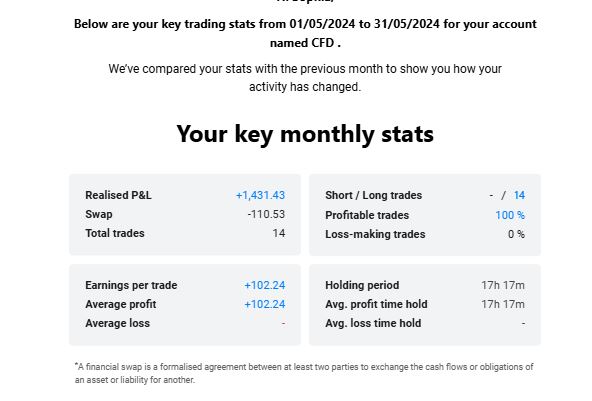In this article I discuss why most traders fail to make money on the stock market. The percentages of people who succeed against those who fail are striking – some brokers report it can be as low as just 3 – 5% of people succeeding. In this article we take a look at some of the key reasons people fail to make money in trading the stock market.
#1 Reason traders fail to make money – risk management
New traders probably get sick of hearing about risk management but it really is critical to success. That is why we have listed this as the number one reason new traders fail to make money. Many of them tend to have poor risk management and they blow up their account within a few trades. Experienced traders know very well that in order to asssess whether a strategy is working or not, you would need to place in excess of 30 trades but probably more like 100 trades, and that even good traders can take four losses in a row before going back to making profit. So how does this affect a new trader? Some new traders will risk half of their account size (or the whole thing) on their first few trades… what if they get four losses in a row at this point? They may decide that the strategy doesn’t work, their broker is a crook, etc etc. They will have run out of money and they give up. It is essential to have a great plan in place for risk management. Luckily for you, you can get information about what this may look like, here:
https://trader-pro.co.uk/category/risk-management
# 2 – Reasons traders fail to make money – not accepting a loss
This is the second reason we have listed for new traders failing to make money in the stock market. They do not have the discipline to close trades when they are going against them. Probably the single item which distinguises a trader from an investor is that traders tend to cut off losses quickly and allow the ‘good seeds’ to grow. This results in far more profit than can be made by holding on to bad positions. However, the new trader is afraid, and does not close losses quickly enough. This can result in his/her losses amounting to more than the profits made or if they have not closed the trade at all, their margin requirement is now blocking them from placing further trades on what would be profitable positions elsewhere…They have in their heads visions of themselves driving Ferraris a few weeks after starting their trading learning journey!

# 3 – Getting into wrong trades and placing too many trades
I’ve put these two together because they are related to each other… new traders tend to place a lot of trades on bad positions. They are still learning, and they haven’t yet discovered how much patience and waiting is in fact involved in becoming a consistently profitable trader. They have in their minds, movies about wall street and people shouting “buy buy buy” and they enter the markets over and over again in what I refer to as a ‘new trader frenzie’. They do not do their technical analysis properly prior to entering each position and they are ‘rushing’ to make money rather than rushing to ‘learn’ how to trade.

# 4 – Not sticking to one type of strategy
New traders tend to place lots of different types of trades including breakouts, buying the dip, shorting the markets – these are all great ideas but they do not get to a point where they understand their statistical success rates. They have no idea how successful each thing is before moving on to the next one! Successful traders understand you need to place 30 – 100 trades on one type of strategy to understand how that strategy is performing. Constantly switching will not give the new trader the information they need. They will have no idea how many profits or losses in a row to expect because by the time they have received one loss, they have canned that strategy and started trying something new. Consistency and patience is key in becoming successful. There is another point to this which is extremely important – the new trader does not become better with practice as they would by sticking to the same strategy because their mind is all over the place and they don’t remember or start to learn, what to look for when entering a ‘buy the dip’ – they have switched strategy before noticing anything about the profit or loss they just made on the prior ‘buy the dip’ trade.
I hope you found this article helpful. If you are a new trader and you would like some guidance on how to get started in a profitable consistent way, please see the article we published here, about how you can work towards making £100 per day:
For more great tips and advice on trading the stock market, please visit:
To watch me trade live please visit my patreon page here:
https://www.patreon.com/Traderpro8320
Finally, if you would like to receive a discount on the Trading View charting software I use, please click on the relevant link here:




